- About us
- Markets
- Dry Cargo
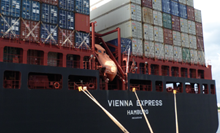
- Wet Cargo
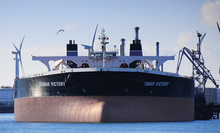
- Cruise
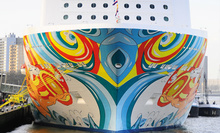
- Towage & SalvageTowage & Salvage
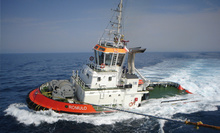
- Heavy Lift
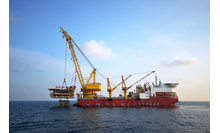
- Inland ShippingInland Shipping
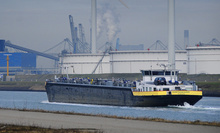
- Dredging
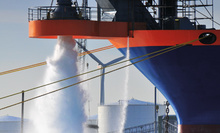
- EPCI CONTRACTORSEPCI CONTRACTORS
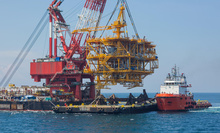
- Dry Cargo
- Products
- Information
- Our people
- Contact us
-
Brands
NEWS & EVENTS
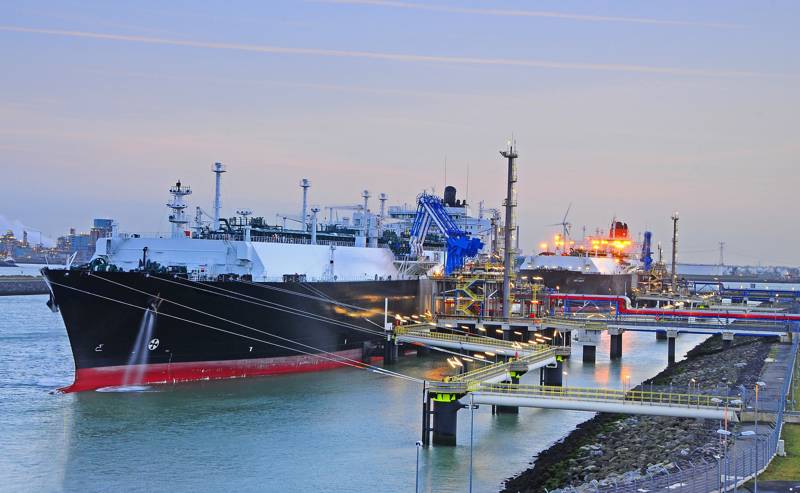
overview
Lankhorst Ropes Speaks Out on MEG 4 Confusion
Publication date: 27-11-2019Uncertainty about rope test certificates and their meaning among LNG / LPG / Tanker operators and vessel builders is undermining the OCIMF’s MEG4 rope testing recommendations, according to Hans-Pieter Baaij, Product Area Manager Wet Cargo at leading mooring ropes supplier, Lankhorst Ropes.
The introduction of the OCIMF’s Mooring Equipment Guidelines 4 marked a step-change in the recommendations for the safe mooring of tankers and gas carriers at terminals. The mooring line and its integrity lie at the heart of MEG4 yet confusion over rope testing is in danger of undoing the OCIMF’s good work.
"Under MEG4, it is clearly stipulated that ropes are subject to testing scenarios that involve 17,000 cycles of angled endurance and 10,000 cycles of axial compression rope testing. Yet there are rope manufacturers who are following a limited testing approach involving a tenth of the actual testing, for example, only 1,700 cycles of angled endurance and 1,000 cycles of axial compression rope testing," says Hans-Pieter Baaij.
Increased Risk
The assumption of full MEG4 rope testing is built into the development and implementation of the ship’s Line Management Plan (LMP) - the OCIMF’s recommendations for mooring line management and tail maintenance, inspection and retirement during the operational phase of the mooring line lifecycle. The rope’s performance characteristics during testing are of prime importance in determining the rope’s inspection frequency, and thus safe mooring planning. Baaij again, "if the testing has not been done in line with the OCIMF MEG 4, the rope’s characteristics in a real-life application may vary significantly from that observed during testing."
Buyer Beware
Lankhorst Ropes’ recommends LNG / LPG / Tanker operators and ship builders look at the rope Type Approval more carefully to check if the full MEG4 rope tests have been undertaken. “Often the first page of the Type Approval will state that the ropes comply with OCIMF MEG 4 yet on page 2 or so, the true state of affairs is revealed. Testing to 10% of the MEG4 test requirement is completely inadequate and is also against the spirit of the MEG4 recommendations,” states Hans-Pieter Baaij. “Imagine what could happen during ship vetting if a vessel is shown to have ropes that are not in line with the OCIMF MEG 4 recommendations. Loading or discharge operations may be jeopardised.”
The company’s Lanko®force main line rope and Euroflex® pennant are tested to the full MEG4 recommendations. “We are the only company able to offer a complete mooring set of MEG4 fully compliant mooring ropes,” Hans-Pieter Baaij added.
Mooring rope manual
Lankhorst Ropes’ approach to MEG4 is both comprehensive and practical. The Lankhorst Mooring Rope Manual provides an in-depth introduction to mooring ropes – their construction, characteristics and certification, is followed by tips on rope selection to suit the vessel and mooring conditions. Understanding the factors affecting how mooring ropes perform in service such as the importance of handling and their application is vital to crew safety and rope service life. The manual has been written in such a way that answers to the vetting VIQ 7 questions are linked to each other.
For more information on MEG4 fully compliant ropes for LNG / LPG / Tanker operators, contact meg4@lankhorstropes.com or download our mooring rope manual.

